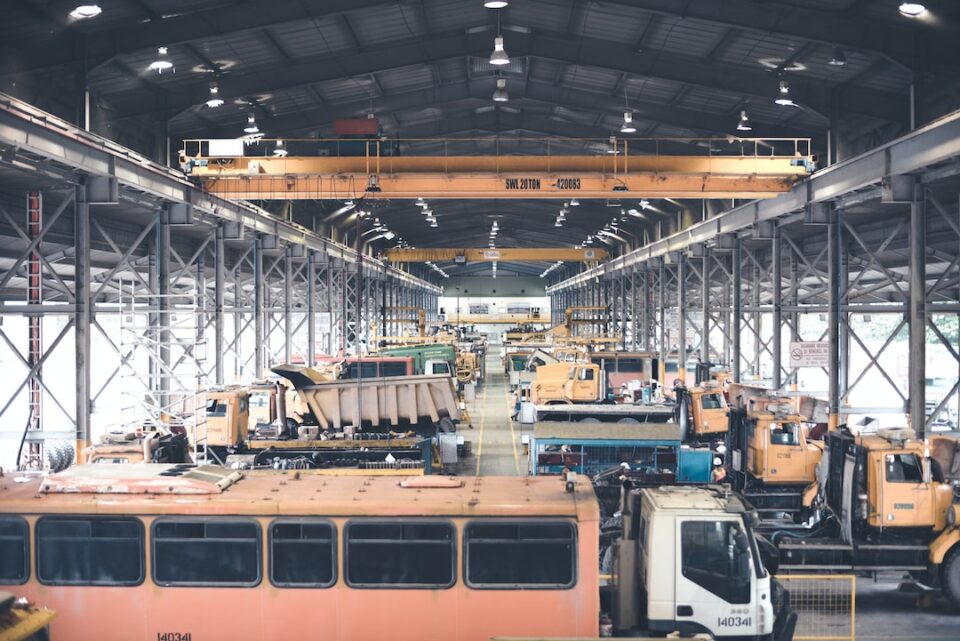The Impact of 3D Printing on Manufacturing Processes
In recent years, 3D printing has gained significant attention and has the potential to revolutionize the manufacturing industry. With its ability to create complex and customized objects layer by layer, 3D printing is changing traditional manufacturing processes and offering new possibilities for product development. In this blog post, we will explore the impact of 3D printing on manufacturing processes and discuss the benefits and challenges associated with this technology.
One of the transformative aspects of 3D printing is its ability to enable mass customization. Traditional manufacturing processes involve creating molds or tools for mass production, which can be time-consuming and expensive. However, with 3D printing, each item can be customized without incurring additional costs. This flexibility allows manufacturers to create unique products to meet specific customer demands, providing a competitive edge in the market.
Moreover, 3D printing offers faster product development cycles. Prototyping is an essential part of product development, and traditional methods can be time-consuming and costly. With 3D printing, designers can quickly create prototypes and make iterations based on feedback, leading to faster product development. This accelerated process enables manufacturers to bring their products to market quicker, giving them an advantage over competitors.
Another significant impact of 3D printing is its potential for reducing waste. Traditional manufacturing processes often involve subtractive manufacturing techniques, where excess material is cut away to create the desired shape. This results in significant material waste. In contrast, 3D printing uses an additive process, only using the necessary material to build the object, thereby minimizing waste. With the growing concern for environmental sustainability, 3D printing offers an eco-friendly alternative for manufacturing processes.
Additionally, 3D printing has the potential to decentralize manufacturing. Traditionally, manufacturing is concentrated in large factories or industrial parks, which can be geographically limiting and susceptible to disruptions in supply chains. However, 3D printing allows for on-demand production, which means products can be manufactured locally, reducing the need for long-distance transportation and mitigating logistical challenges. This decentralized approach also offers the opportunity for small businesses and entrepreneurs to enter the manufacturing industry, promoting economic growth and job creation.
Despite the numerous benefits, there are also challenges associated with the implementation of 3D printing in manufacturing processes. One of the main challenges is the limited range of materials currently available for 3D printing. While advancements have been made, the selection of materials suitable for 3D printing is still limited compared to traditional manufacturing processes. This restricts the applications of 3D printing to certain industries and products.
Furthermore, the scalability of 3D printing can be a challenge. Traditional manufacturing processes excel in producing large quantities of products efficiently. In contrast, 3D printing is generally slower and more suitable for small-scale production runs. Scaling up 3D printing to meet the demands of mass production while maintaining cost-effectiveness remains a challenge that needs to be addressed.
Another challenge is the issue of intellectual property (IP) protection. With the accessibility of 3D printing technology, it becomes easier for individuals to reproduce and counterfeit products. Manufacturers need to implement robust strategies to protect their IP and ensure that their designs are not illegally replicated or distributed. Legal frameworks will need to adapt to address these concerns.
In conclusion, the impact of 3D printing on manufacturing processes is significant and far-reaching. The ability to mass customize products, accelerate product development cycles, reduce waste, and enable decentralized manufacturing is transforming the industry. However, challenges such as limited material options, scalability, and IP protection need to be addressed to fully unlock the potential of 3D printing. As technology continues to advance, it is clear that 3D printing will play an increasingly vital role in redefining manufacturing processes and driving innovation in various industries.

